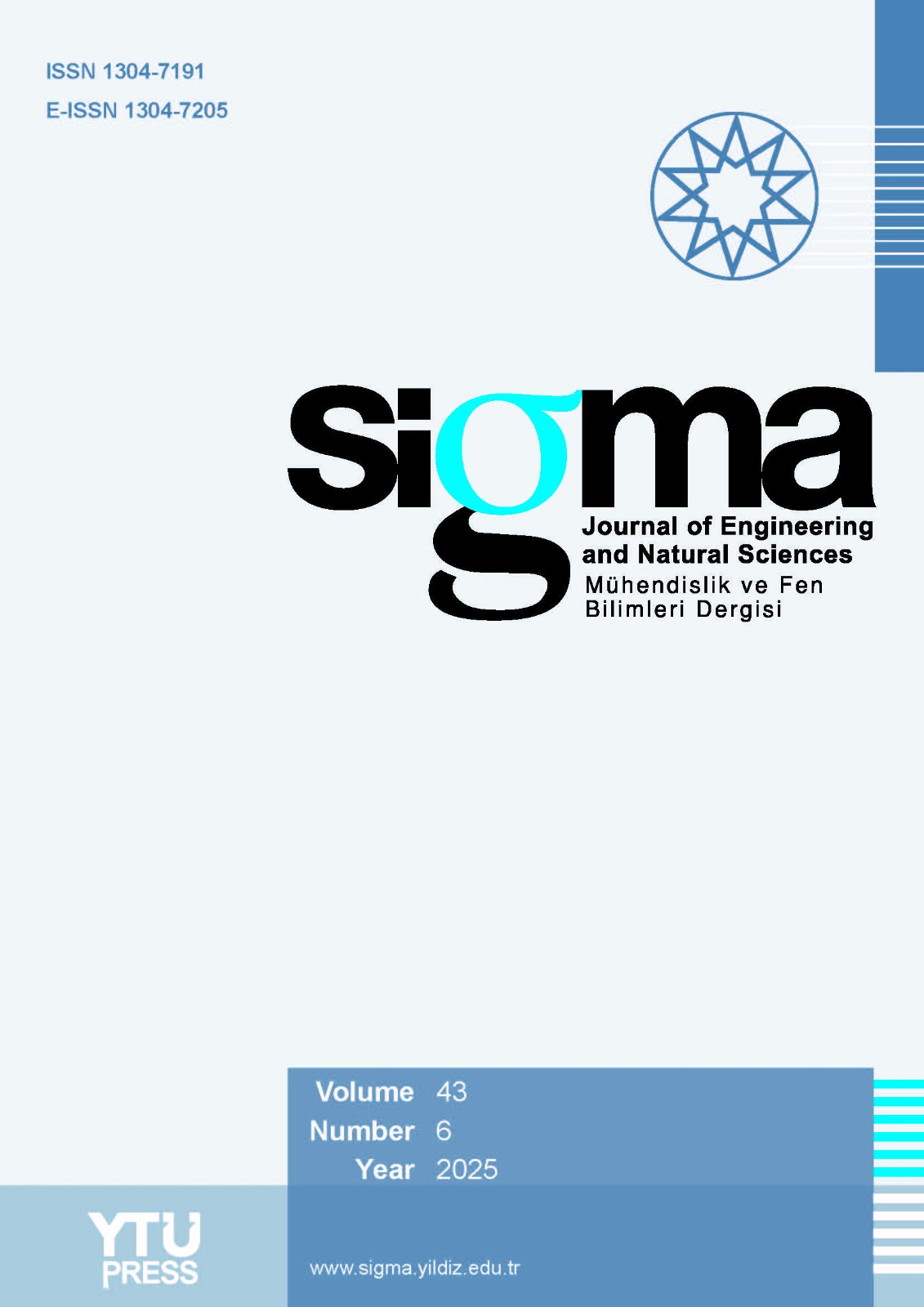Abstract
The paper explores low-power design strategies of Static Random Access Memory cell for Internet of Things devices to address critical power limitations that hinder further miniaturization. Fin-Field Effect Transistor solves the problem of leakage current by improving challenging power versus performance decision. This research develops 7-Transistor Static Random Access Memory cells based on Fin-Field Effect Transistors using the Muti-Threshold CMOS and Self Controllable Voltage Level methods. Using 45 nm Fin-Field Effect Transistor technologies, the design and simulation of all design circuits are carried out with Cadence Virtuoso. The work adopts a multi-disciplinary approach, combining device-circuit co-design to achieve ultra-low-power operations suitable for complex tasks in Internet of Things based systems. The proposed design shows that the Self Controllable Voltage Level approach of a 7-Transistor Static Random Access Memory design utilizing Fin-Field Effect Transistor cell is more effective than the Muti-Threshold CMOS methodology in terms of leakage power and leakage current. Additionally, among other proposed approaches, a comparative analysis of leakage currents and leakage power is conducted. Key outcomes include significant improvements in leakage power using Self Controllable Voltage Level approach for Static Random Access Memory design using Fin-Field Effect Transistor. This paper contributes to the advancement of low leakage Internet of Things devices by integrating innovative leakage reduction techniques with cutting-edge low-power circuit designs. The proposed design achieves a minimum leakage current of 9.45nA and leakage power of 24.28nW by utilizing Self Controllable Voltage Level approach. Compared to Static Random Access Memory cells designed with Muti-Threshold CMOS technique, the proposed method results in 25.8% and 36% approximately reduction in leakage power and leakage current respectively. The findings pave the way for developing smaller, smarter, and sustainable wearable and implantable devices capable of complex tasks without reliance on batteries.













